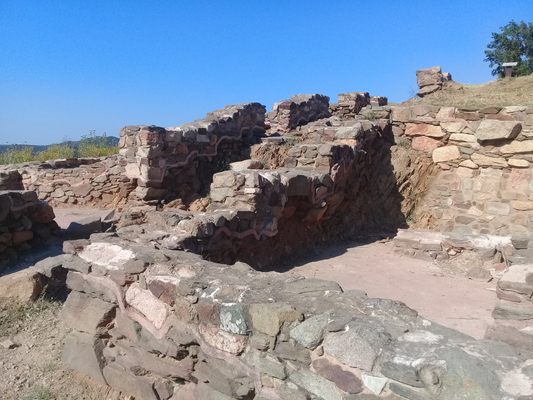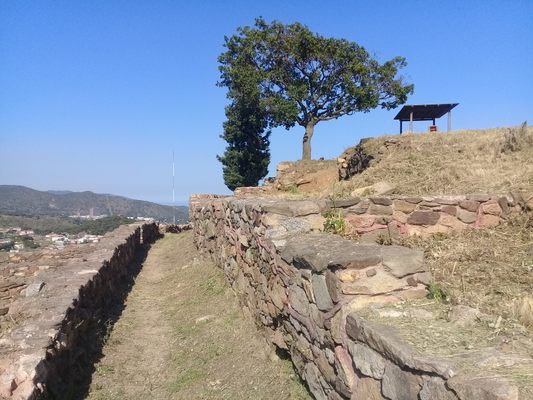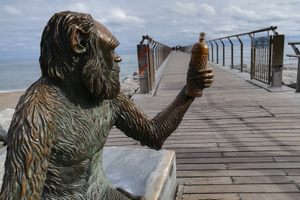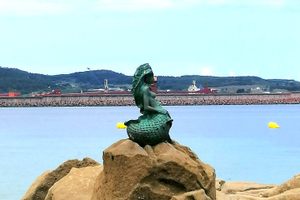About
A scenic hike north from the Santa Colona de Gramenet suburb of Barcelona has a hidden secret: Surrounded by the forest lie the ruins of an ancient Iberian village that has overlooked the Mediterranean sea since before the Roman Empire.
The houses of Puig Castellar (also called "Poblat Ibèric," (Catalan for "Iberian village") are arranged in an ellipse, surrounding a viewpoint with modern benches. Only one of the buildings is still standing, but the structure of the settlement is apparent.
The Laietani people, an ancient Iberian tribe, occupied the area around Barcelona between 600 BC and 300 BC, and here you can visit one of their best-preserved archaeological sites.
Excavations are ongoing, but the site is permanently and freely open to visitors to explore. From the top on any of the region's many clear days you can see almost all of Barcelona and Badalona, a view to rival that of Parc Güell and Tibidabo.
Related Tags
Know Before You Go
To find Puig Castellar ("Putch Castel-YAR"), take the metro to Singuerlín or Can Zam. There are several routes you can take, each taking around an hour to ascend. There are some signs leading to Poblat Ibèric, but it helps to have a map or smartphone.
There's a clearing with some informational signs, and the village itself is a couple minutes' walk up the hill from there.
Mobile phone service is good throughout the route. On the western route there is a restaurant but otherwise no amenities, so bring enough water and snacks for three hours of activity. You may meet the occasional locals on the routes but the area is generally very tranquil.
Published
November 21, 2017






















